Troubleshooting Polymer Clay Problems


We all run into fiddly, little polymer clay problems during the course of our day. My aim is to make
your polymer clay journey easier, and more enjoyable, by sharing with you
the things that I have learned along the way.
This page will be constantly growing as I add more answers to some of the most common polymer clay problems. If you have something specific you would like me to address, please let me know in the comments at the end of the page and I will add it to my to do list. To stay up to date with new articles as they are added, please like my Facebook page.
pasta machine questions and answers
Getting the Most Out of Your Polymer Clay Pasta Machine (Part 1)
Unfortunately, polymer clay pasta machines can be a real pain in the
neck if you’ve
just started with polymer clay. They leave scratches, marks and smears
or sometimes the clay just sticks to the rollers.
In
this article I’ll address rippling clay, parallel lines, crumbling clay
and smears and smudges - some of the biggest problems when it comes to
pasta machines.
Getting the Most Out of Your Polymer Clay Pasta Machines (Part 2)
This article will cover scratches and marks, clay sticking to rollers, black streaks and falling handles. Some of the other painful pasta machine glitches that tend to crop up more often than we would like.
Baking polymer clay Problems and solutions
Baking polymer clay - questions and answers
Baking really should be the easiest part of working with polymer clay. You just need to stick the clay in the oven right? Well, no. Unfortunately, baking polymer clay seems to be the one step in the entire creation process that causes the most problems and the most discussion among polymer clayers. It just isn't that simple. In fact it's downright finicky. And
annoying.
So, in this article I have tried to address most of the problems commonly encountered when baking polymer clay. A few simple tips can make the difference between endless problems and plain sailing.
sealing polymer clay Problems and solutions
How to Seal Polymer Clay With Resin - Questions and Answers
Resin is great for
sealing polymer clay beads. It’s the least likely of all the sealants to react
with
your surface effects. It can be a bit tricky to use, but once you get
over the quirks of your
particular polymer clay resin it is really worth the effort. With a bit
of patience you can achieve the most wonderful professional finishes.
In this article I'll address the most common questions around how to
seal polymer clay with resin, some of the problems you may encounter, and how
to fix them.
how to seal polymer clay With varnish - questions and answers
Polymer clay varnishes are a quick and easy way to seal polymer clay jewelry. You can use them to create a high gloss or a matte finish. However, many
varnishes react with polymer clay and mixed media and they hate moisture
and dust. Your simple varnishing process can quite easily turn into a
small nightmare if you're not careful which varnish you use and how you
use it.
In
this article, I'll show you how to seal polymer clay with varnish
without all the hassles. I'll address some of the most common varnishing
problems polymer clayers run into, the likely causes and how to avoid them.
How to Seal Polymer Clay With Wax - Questions and Answers
If you want to know how to seal your polymer clay projects with a beautiful natural
sheen, rather than a glossy shine, then buffing wax may be the answer.
It is inexpensive, easy to apply and doesn't really require too much
practice to get the application just right.
In this article I'll address the most common questions around how to
seal polymer clay with wax, some of the problems wax can cause, and how
to fix them.
How to Seal Polymer Clay With Liquid Clay - Questions and Answers
Liquid polymer clay is useful for sealing surface effects before
applying varnish, wax or resin. Varnishes are
notorious for their unpredictable reactions with various mixed media,
and a
film of translucent liquid polymer clay can prevent all sorts of
problems.
Unfortunately
figuring out how to seal polymer clay with liquid clay can be a bit
fiddly. It can burn, under-bake, go cloudy, bubble and more. So in this
article I'll be discussing some of the problems that crop up with liquid polymer clay sealing what to
do about them.
Do you have any polymer clay problems that you would like answered? Let me know in the comments below.
I will be constantly updating this page with answers to all sorts of polymer clay problems. If you would like to stay up to date with new articles and tutorials as they are released, please join my Facebook Group, and don't forget to like and share with your friends.
The group is the best place to keep up with all the latest news, product
releases and tutorials, and you will have early access to new material
before it is released on YouTube or the website. There are also exclusive
giveaways and a discount coupon for my shop, JessamaDesign on Etsy.
We have a fabulous group of members already. It's a great place to
share, be encouraged and ask all of your polymer clay questions.
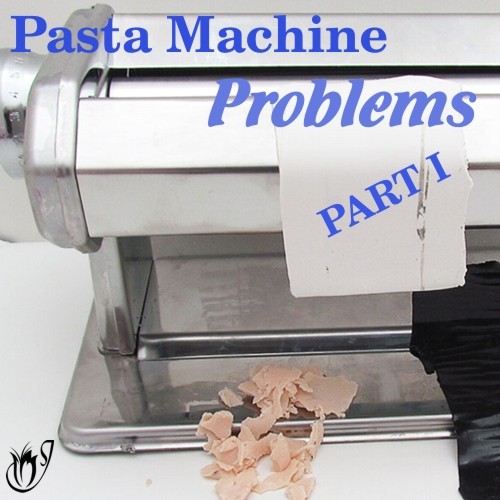
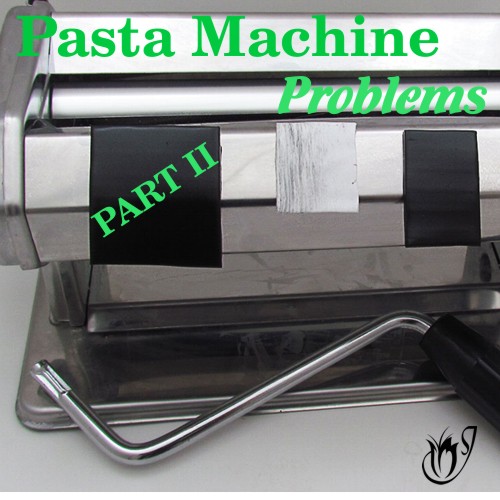
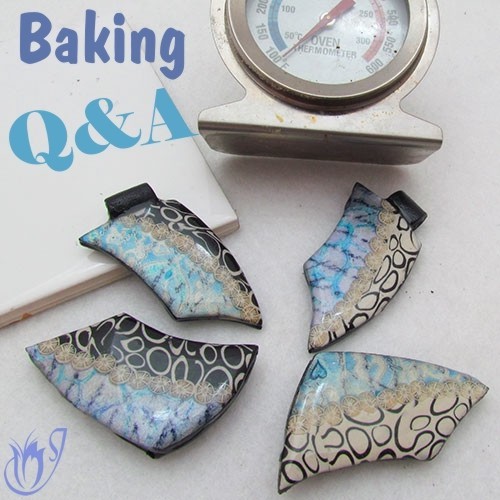
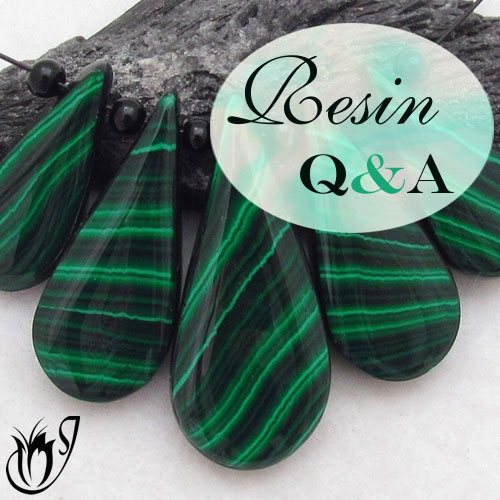
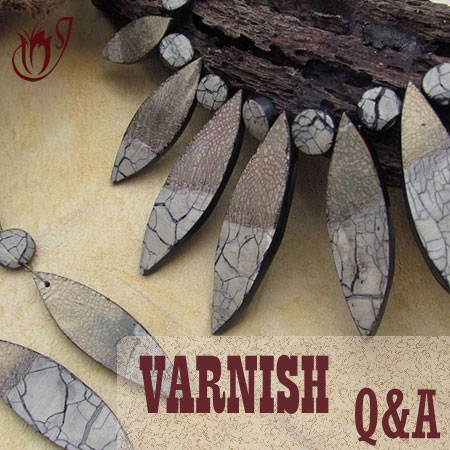
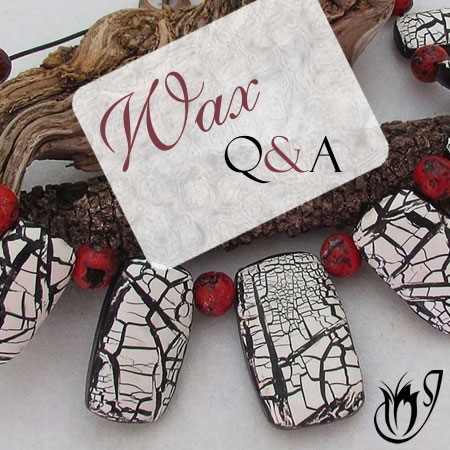
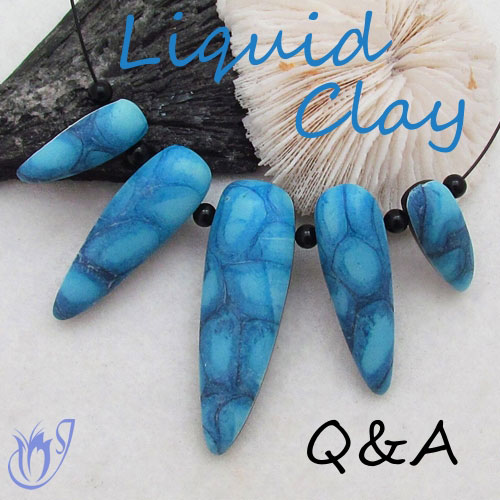











Please leave your comments below: